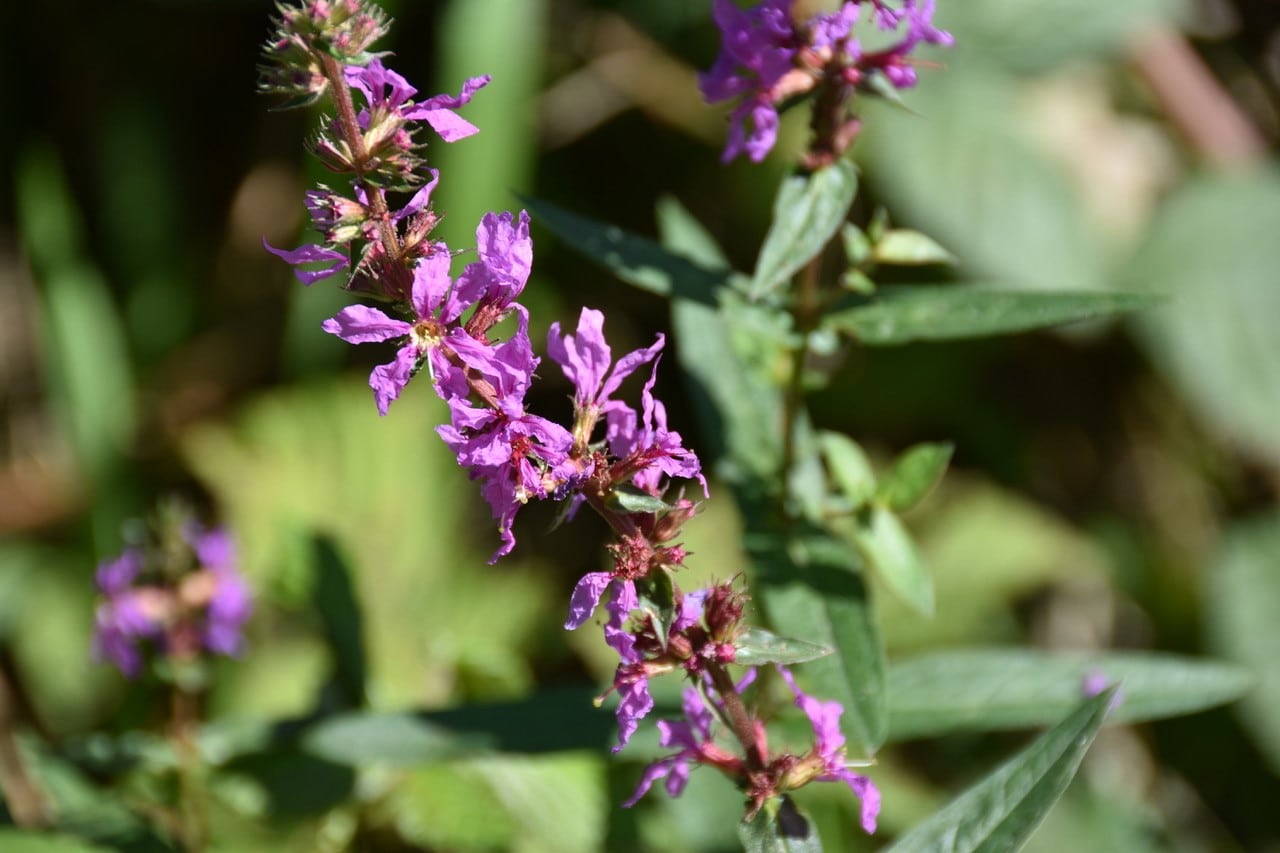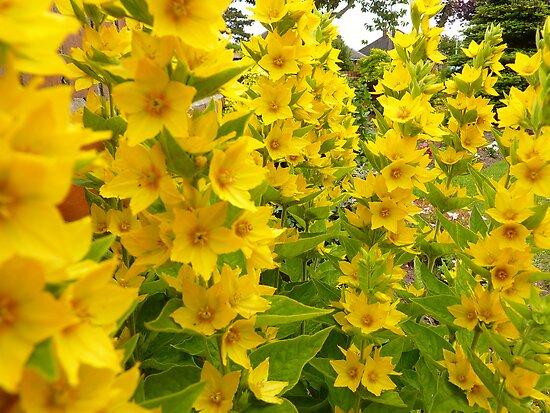


#LOOSE STRIFE MANUAL#
Wisconsin manual of control recommendations for ecologically invasive plants. Delaware Invasive Species Council Invasive Species List.Connecticut Invasive Plant Working Group.Commonwealth of Pennsylvania, Department of Conservation and Natural Resources, 1994.City of Ann Arbor Michigan Parks and Recreation.Arkansas Noxious Weeds - Noxious/Prohibited.Alaska Exotic Plant Information Clearinghouse.Alabama Noxious Weeds - Class B Noxious Weed.It was first introduced into North America in the early 1800s for ornamental and medicinal purposes. Lythrum salicaria is native to Europe and Asia. It can also hybridize with native loosestrife species, potentially depleting the native species gene pool. This plant can spread very rapidly due to its prolific seed production each plant can produce up to 2.5 million seeds per year. It can quickly form dense stands that completely dominate the area excluding native vegetation. Ecological Threat Lythrum salicaria is a serious invader of many types of wetlands, including wet meadows, prairie potholes, river and stream banks, lake shores, tidal and nontidal marshes, and ditches.

Fruit Fruits are capsules that are enclosed in the hairy sepals and contain several reddish brown seeds. Flowers have 5-7 petals and twice as many stamens as petals. (10.2-40.6 cm) long spikes at the tops of the stems. Flowers Flowering occurs in July to October, when pink to purplish flowers develop in 4-16 in. (3.8-10.2 cm) long and round or heart-shaped at the base. Foliage The opposite or whorled leaves are dark-green, lance-shaped, sessile, 1.5-4 in. If done in midsummer, new foliage will emerge in 2 weeks with a potential fall rebloom.Appearance Lythrum salicaria is a tall, multistemmed (30-50 per plant), perennial forb that can grow up to 10 ft. Plants may be sheared to the ground after blooming. Deadhead after flowering to prevent self-seeding.Find where this species is invasive in the United States.Some cultivars have been marketed as being sterile such as 'Morden Pink', 'Morden Gleam' or 'Dropmore Purple' but there seems to be evidence that these cultivars can produce highly fertile seeds if grown with other cultivars or wild loosestrife. Seeds are easily dispersed by water and in mud adhered to aquatic wildlife, livestock, and people. One mature plant can produce more than 2 million seeds annually. The problem with this plant is that it is so invasive in North America that it can rapidly colonize wet areas.A welcomed addition to beds, and borders, this is an ideal candidate for bog gardens and along ponds and streams.
#LOOSE STRIFE FULL#
wide (60-70 cm), Purple Loosestrife thrives in average, medium to wet soils in full sun to part shade. long (45 cm) held atop lance-shaped leaves. It features pink, purple, or magenta flowers in dense spikes, up to 18 in. Spectacular when in full bloom, Purple Loosestrife (Lythrum salicaria) is a vigorous, upright perennial enjoying an extremely long bloom season from early to late summer.


 0 kommentar(er)
0 kommentar(er)
